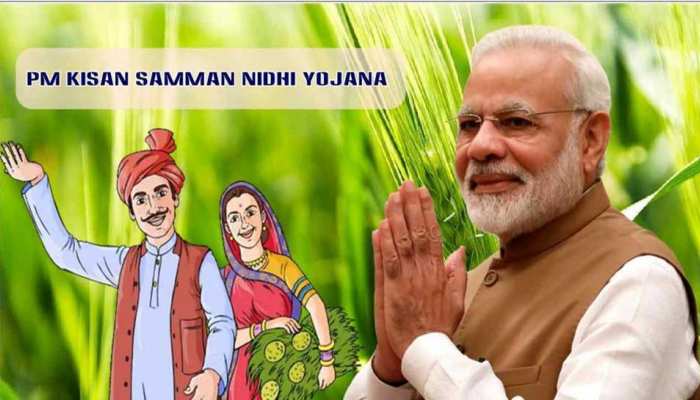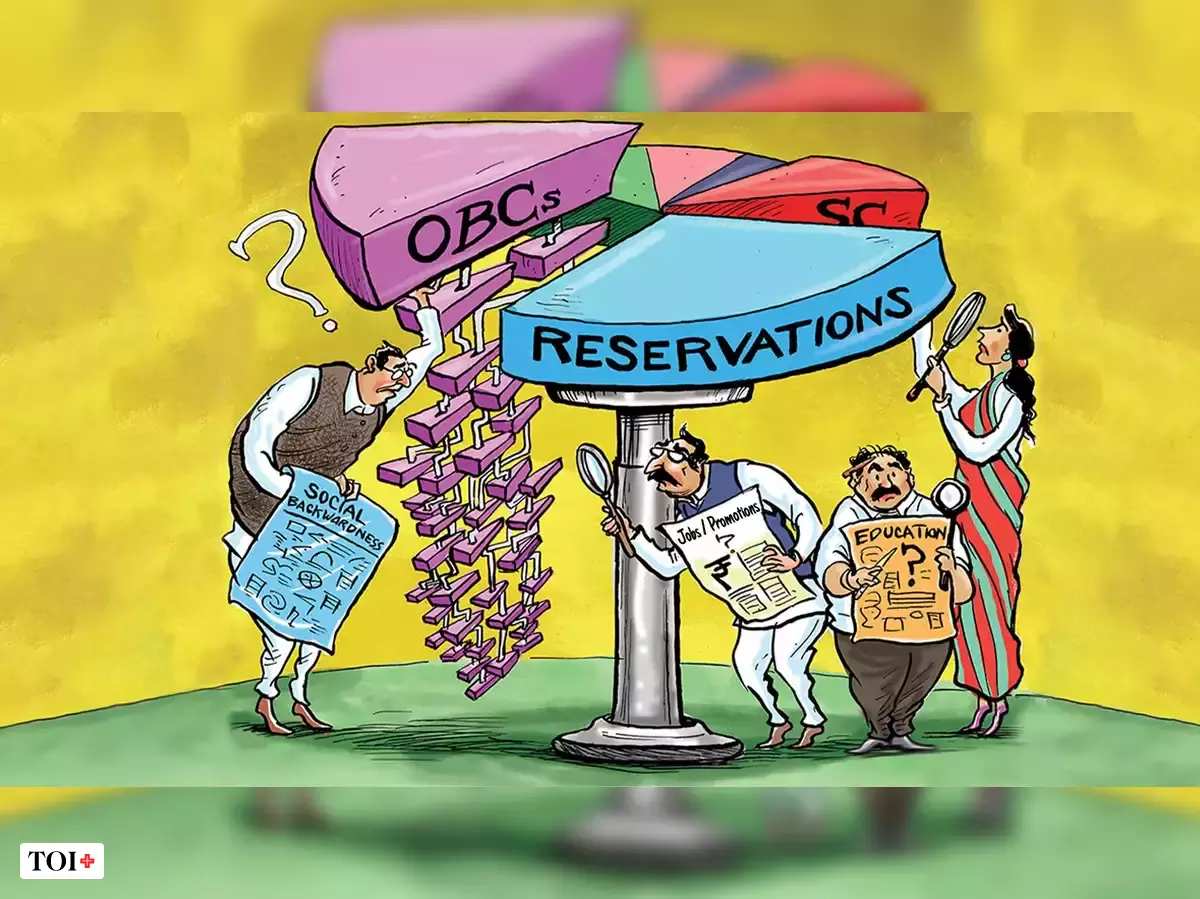Within the multifaceted tapestry of India, where agriculture stands as the cornerstone of the economy, upholding the well-being of numerous lives, government initiatives aimed at fortifying the agricultural sector assume paramount importance. Among these initiatives, the Pradhan Mantri Kisan Samman Nidhi (PM-KISAN) Yojana emerges as a pioneering endeavor committed to providing essential financial aid to the nation’s farming community.This piece aims to explore the intricacies of PM-KISAN, delineating its objectives, execution, and the transformative influence it has exerted on India’s agricultural milieu.
Background and Objectives
The PM-KISAN Initiative, initiated by the Indian government on December 1, 2018, aimed at offering direct financial assistance to the vital small and marginal farmers nationwide, recognizing their pivotal role in Indian agriculture. Despite being the backbone of the agricultural sector, these farmers frequently encounter financial obstacles that impede their capacity to invest in their farms, acquire modern equipment, and maintain a respectable quality of life. The PM-KISAN program was meticulously crafted to tackle these hurdles by establishing a dependable income stream for them.Under this scheme, eligible farmers receive financial assistance of RsAnnually, an amount of 6,000 is disbursed in three identical payments of 2,000 each, directly deposited into their bank accounts.The financial support is intended to help farmers meet their agricultural expenses, purchase seeds, fertilizers, and other inputs, and improve their overall income.
Eligibility Criteria
To ensure the benefits of the PM-KISAN Yojana reach the intended beneficiaries, specific eligibility criteria have been established. Farmers meeting the following
criteria are eligible for the scheme:Ownership of Land: The farmer must be the owner of cultivable land.
Landholding Size:
Small and marginal farmers with landholdings of up to 2 hectares are eligible. The definition of small and marginal farmers may vary from state to state.
Income Criteria:
Farmers who have a combined family income above a specified threshold are not eligible for the scheme.
Nationality:
The farmer should be an Indian citizen.

Implementation Process
The implementation of the PM-KISAN Yojana involves multiple steps to ensure efficient delivery of financial assistance to eligible beneficiaries:
Registration:
Eligible farmers are required to register themselves at the nearest Common Service Centre (CSC) or through the official PM-KISAN portal.
Data Verification:
The collected data is then verified by various government agencies to confirm eligibility.
Beneficiary List: After successful verification, the list of eligible beneficiaries is prepared and shared with banks.
Direct Benefit Transfer (DBT):
The financial assistance of Rs. 2,000 is transferred directly to the beneficiaries’ bank accounts through the DBT mechanism.
Three Installments:
The financial assistance is disbursed in three equal installments, typically in April, August, and December each year.
Impact on Farmers and Agriculture
The PM-KISAN Yojana has had a significant impact on the lives of small and marginal farmers in India:
Income Augmentation:
The direct income support provided under this scheme has helped farmers manage their farming operations effectively and improve their overall income.
Agricultural Investment:
Farmers have the opportunity to allocate resources towards enhanced seed varieties, modern farming machinery, and upgraded farming techniques, resulting in a notable upswing in agricultural output.
Economic Resilience:
The program ensures economic stability for farmers during instances of agricultural adversity, such as crop losses or natural calamities.
Women’s Empowerment:
This initiative acknowledges and supports the pivotal role played by women in the realm of agriculture, facilitating the seamless transmission of benefits to female farmers..
Reduced Dependence on Moneylenders:
With access to formal financial support, farmers are less dependent on high-interest loans from moneylenders.
Rural Economy Boost:
Increased income in rural areas has led to greater economic activity, benefiting not only farmers but also the local economy.

Challenges and Future Prospects
While the PM-KISAN Yojana has been largely successful, there are still challenges to be addressed. These include:
Identification of Beneficiaries:
Ensuring that the benefits reach the intended beneficiaries without any discrepancies remains a challenge.
Coverage Expansion:
There is a need to expand the coverage of the scheme to include all eligible farmers, especially in remote and hilly regions.
Awareness:
Some eligible farmers may not be aware of the scheme, so increasing awareness and simplifying the application process are essential.
Monitoring and Evaluation:
Regular monitoring and evaluation are necessary to assess the impact and effectiveness of the scheme.
Conclusion
The Pradhan Mantri Kisan Samman Nidhi (PM-KISAN) Yojana stands as a revolutionary endeavor designed to alleviate the economic challenges experienced by India’s small and marginal farmers. Through its provision of direct income support, this program has significantly enhanced the well-being of countless farmers and played a vital role in bolstering the agricultural sector’s development. Nevertheless, sustained dedication is imperative to tackle existing obstacles and guarantee that every eligible farmer reaps the rewards of this initiative, ultimately paving the way for a thriving future for Indian agriculture.
Read More:- Unveiling the Ultimate Guide: The Best Books for Preparing for the KVPY Exam
Read More:- UNVEILING THE ULTIMATE MEMORIZATION TECHNIQUES FOR VERBAL AND











